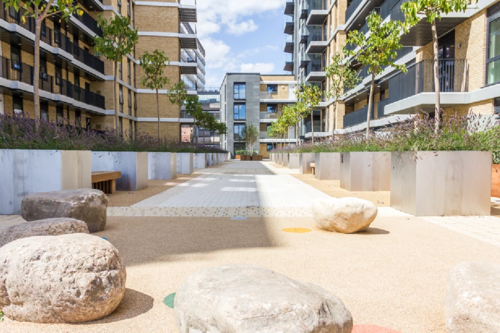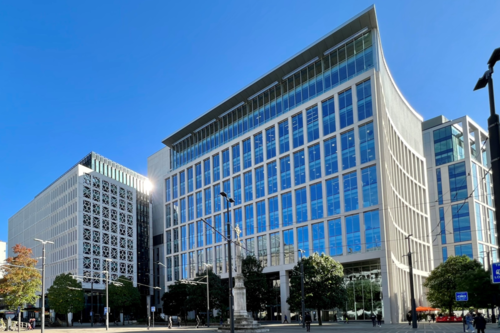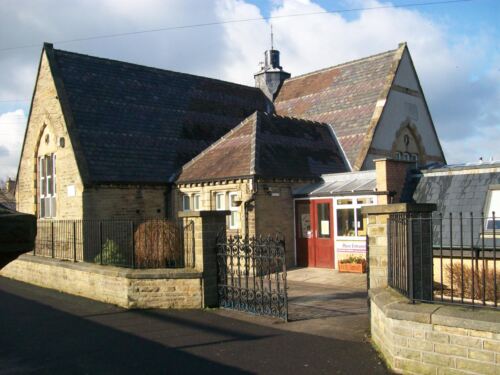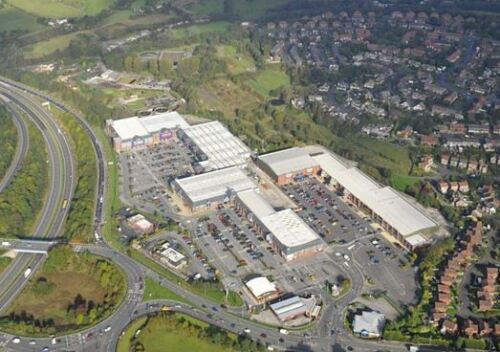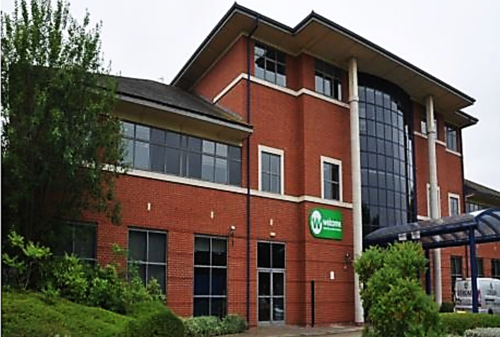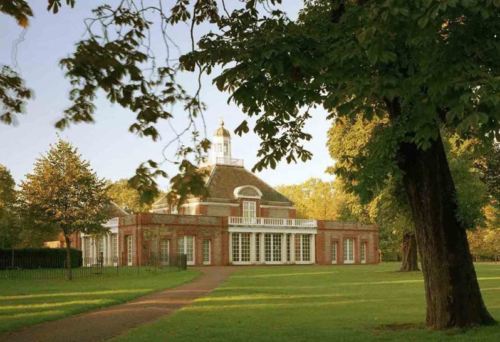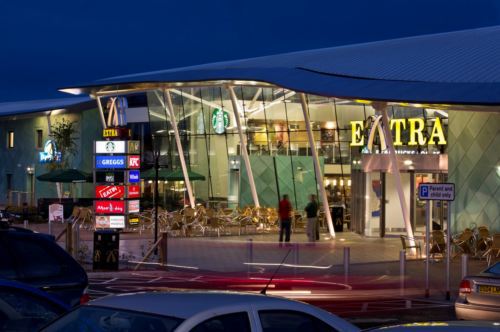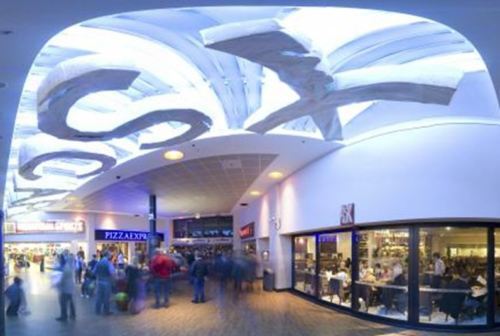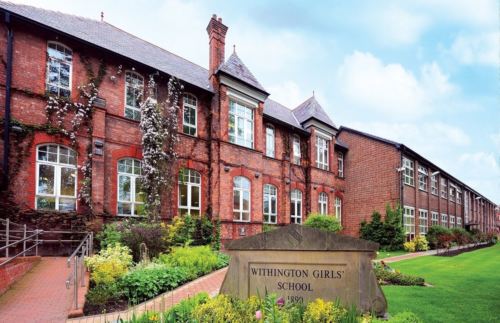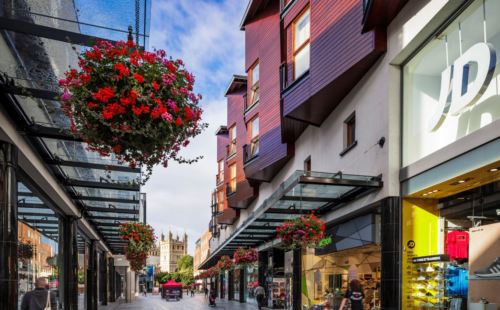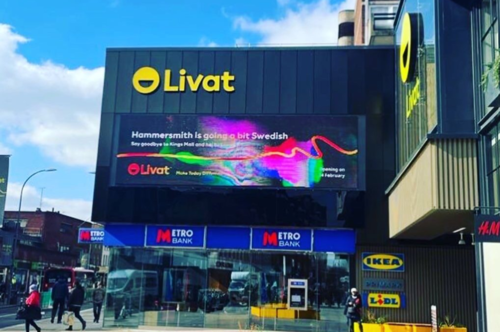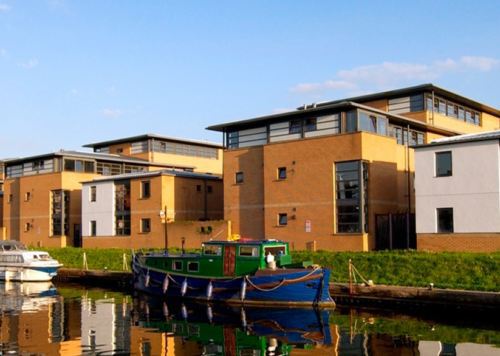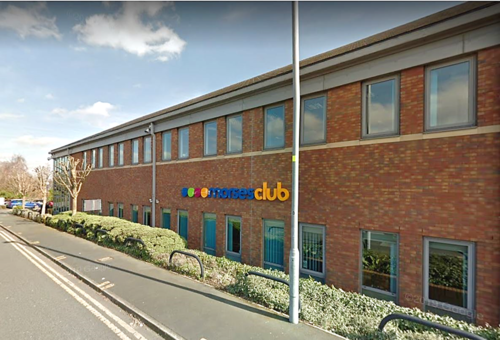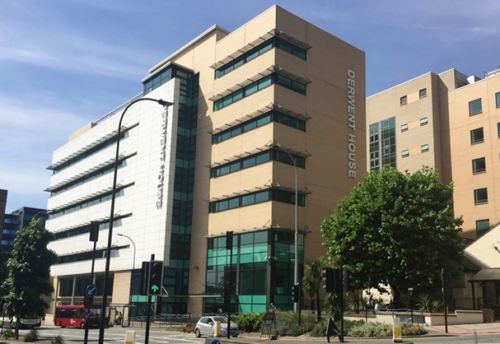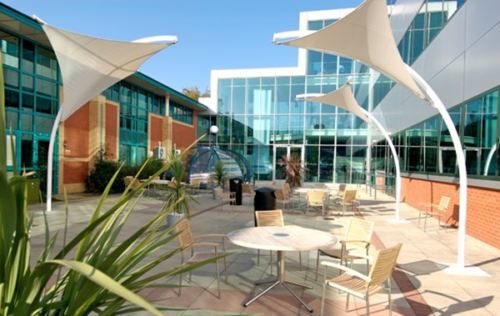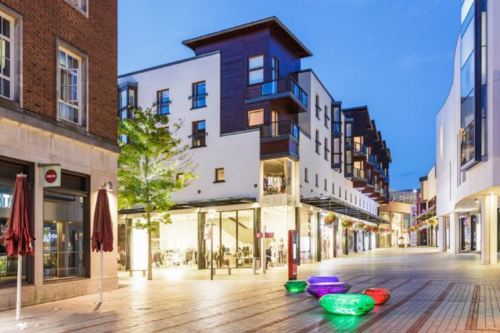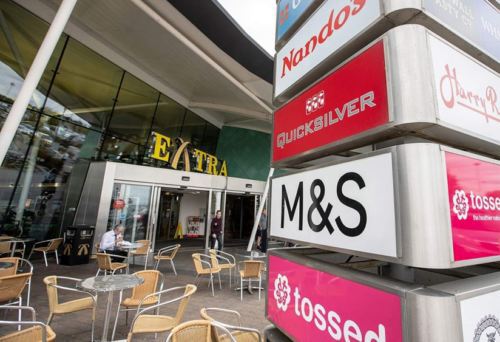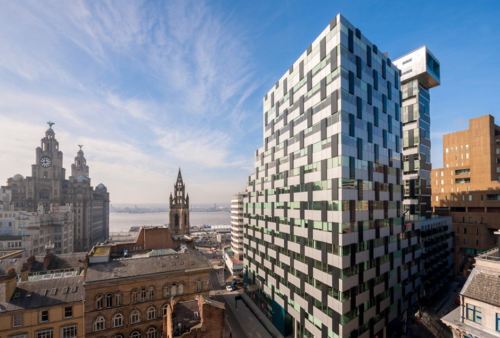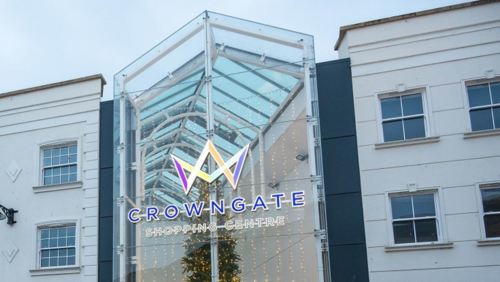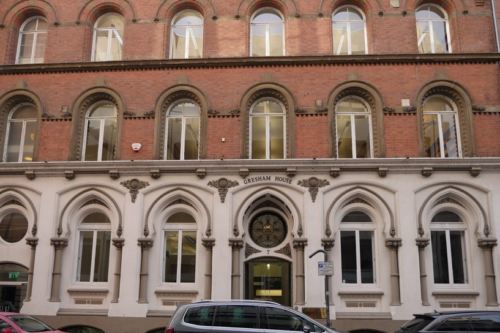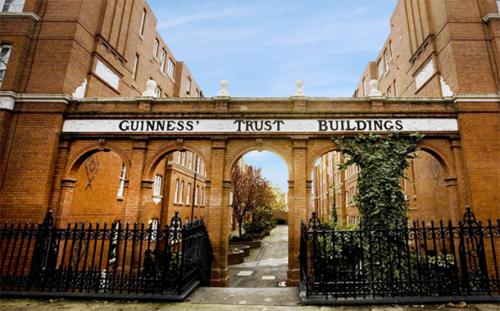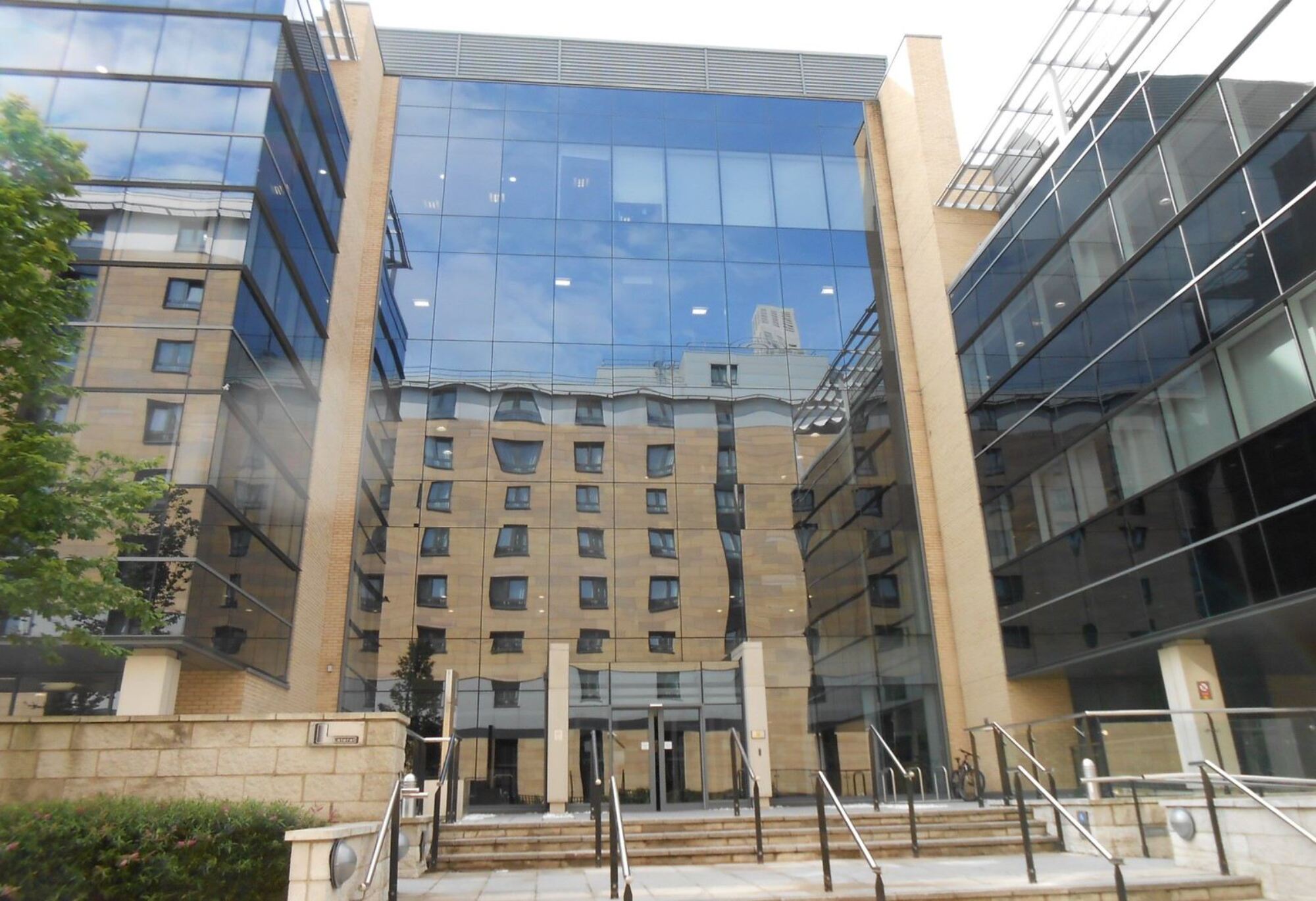
Case study Lateral House
Background
Lateral House, in Leeds City Centre, comprises 95,317 sq ft of grade A office space.
Brief
Evotech completed a comprehensive building performance assessment in order to evaluate the building’s energy performance.
Summary of works provided
A thorough programme of testing and inspection over a period of several months enabled our team to develop an accurate understanding of the building, its infrastructure and energy consumption.
Our team identified that significant savings could be made through voltage optimisation. The assessment they conducted highlighted that the average incoming supply voltage was 246.4V at a peak demand of 419 kVA. The incoming supply could therefore be reduced by 20V.
Electrical oversupply is a common issue within the UK with the average grid supplied voltage being 242V, which is 12V higher than the voltage actually required of 230V (+10%/-6%).
This standard was introduced as the declared supply level in the UK under European Harmonisation in 1995, since which all new equipment has been designed to operate at 230V. However, as oversupply continues to be delivered by the grid, energy is wasted.
By controlling this oversupply through optimisation solutions, the building and its equipment can operate at the required levels, energy consumption can be improved, and supply costs reduced.
To achieve this, voltage optimisation (VO) devices are installed in series with the mains electricity supply to provide a controlled and optimised supply voltage throughout the building.
Other benefits of voltage optimisation include improved power quality, by balancing phase voltages and filtering harmonics and transients from the grid supply, and improved equipment lifecycles by providing optimised power supply.
Working with our supplier partner POWERSTAR, the UK’s leading manufacturer of voltage optimisation equipment, we installed a POWERSTAR LITE 575 kVA system in the building’s basement plant room. Our team worked outside normal working hours in order to minimise any disruption in supply.
The system continuously monitors the incoming supply voltage and the output voltage provided, allowing ongoing data to be monitored to ensure optimum system performance.
Using the data identified during the first twelve months of operation, an annual energy reduction of 110,702 kWh was achieved, generating an energy supply cost saving of £13,768 during year one, with a projected saving of £77,612 over a five-year period. This achieved a 2.9 year return on capital investment with an overall reduction of 5.91% in the building’s annual energy consumption.
